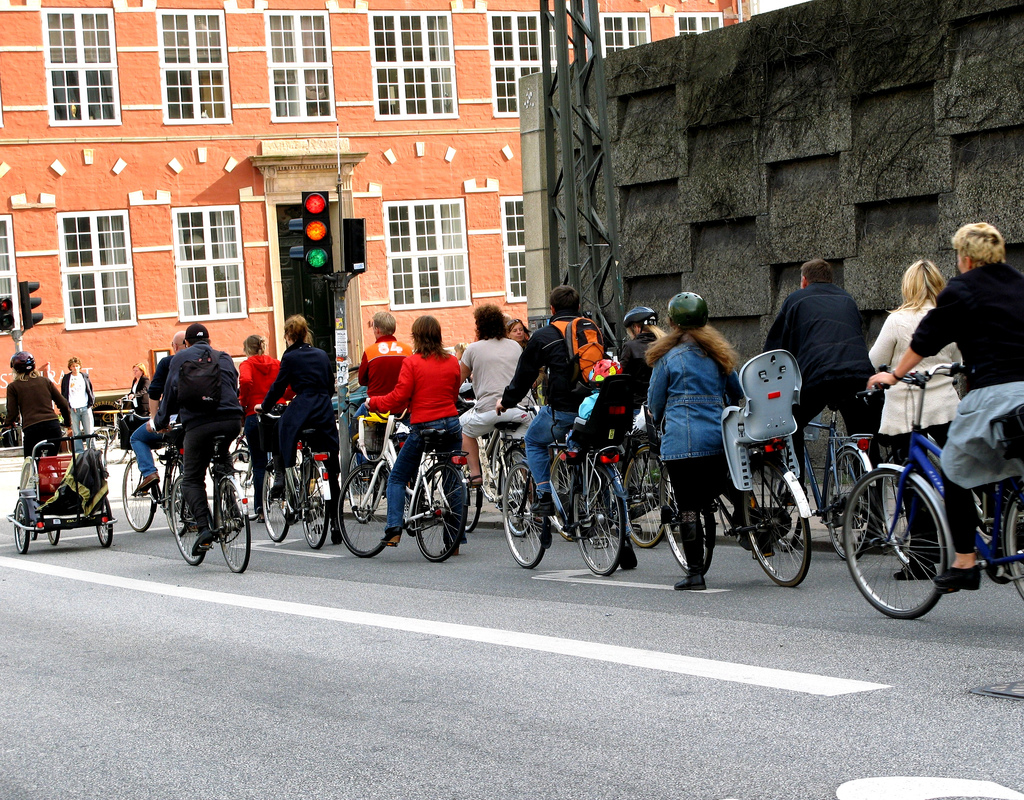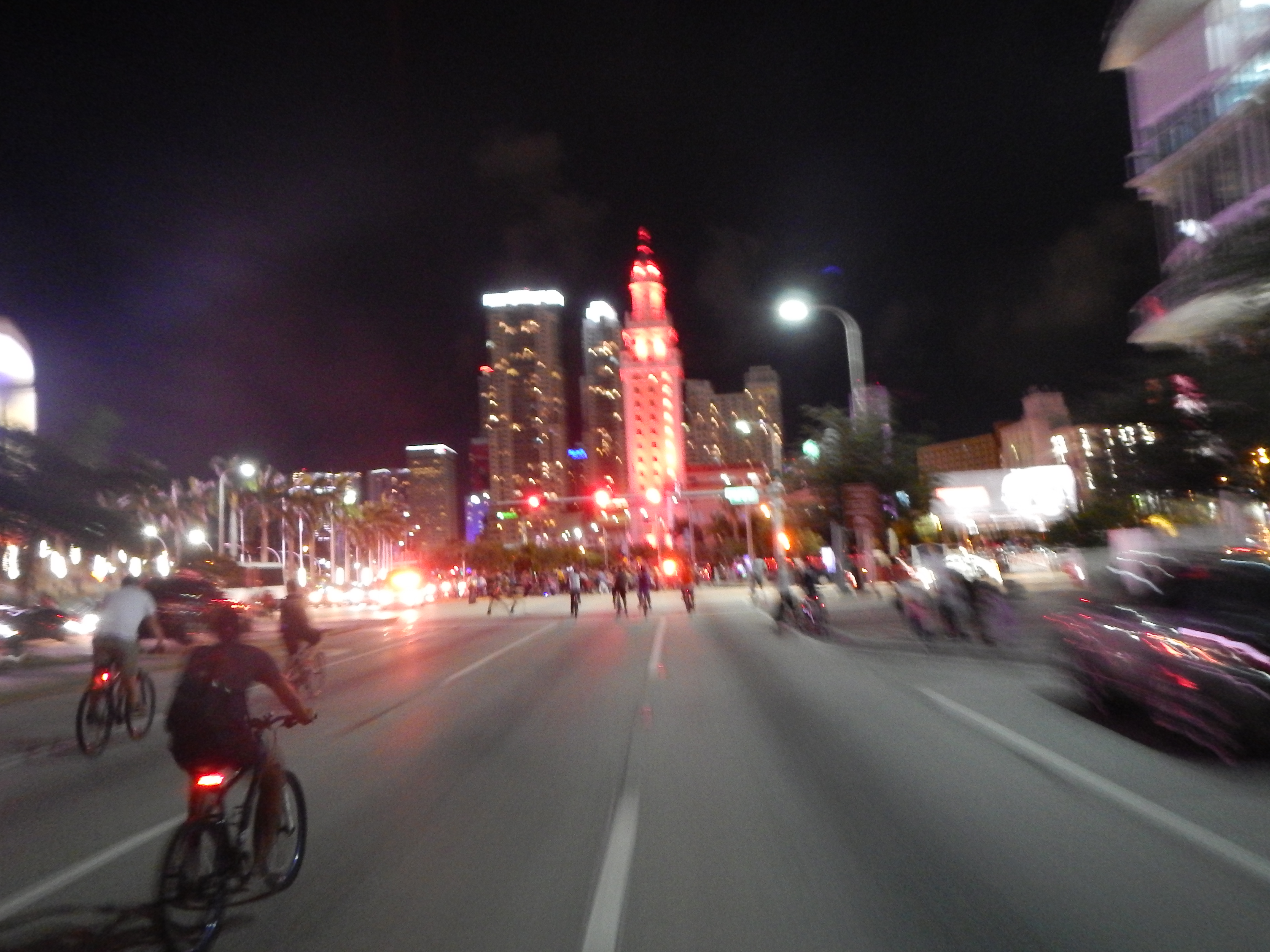Is biking to work worse for your health?
And if so, does it have to be?
“Biking to work appears more dangerous than other commuting options, study finds”
A recent CNN article covering a study published in the BMJ indicated that biking to work is more dangerous than other options. Bikers had a 45% higher risk of injury leading to hospital admission relative to walkers and drivers. Personally, one of the more interesting findings from the study was that while 7% of bike commuters reported injury, 4.3% of drivers and 4.4% of walkers also reported injuries. So although the injury rates for drivers and walkers were higher than I expected, it’s clear that people who biked to work were more likely to go to the hospital (or… thinking about reverse causality, the people who are more prone to getting injured on their commutes, maybe due to being more adventurous, tended to do it on bikes).
However, the increased chance of injury and hospital admission for biker’s is counterbalanced by other positive health outcomes. In fact, bikers had a lower risk of death overall. Despite having more injuries on their commutes, people who commute by bike have longer lives - at least in the UK where the study took place. But encouraging people to commute by bike may be ineffective when some of the health benefits are distant (you will have a reduced chance of getting diabetes over the next 20 years) and the threats are in your face (getting edged off the road by a 26,000 lb double-decker bus).
The big question…
What if we could reap the public health benefits of increased bike riding, without the attending increased risk of injury? Well, it’s quite possible that we can. The study described above took place in the UK, where only about 1.7% of all trips are on bikes. What if the same study took place in Denmark, particularly Copenhagen which has extensive infrastructure for bike commuters? Would things be different?

Commuting by Bike in Copenhagen
Suprise(!), yes they are different, at least as indicated in one study. In Denmark, from 1998 to 2015 cycling increased by 10%, while biking deaths and injuries decreased overall. Further, in Copenhagen, 30% more people started cycling while injuries decreased by 66%. And according to their models, in 2015, the increases in biking were expected to prevent over 11,000 new chronic disease diagnoses (Type-2 Diabetes, cardiovascular diseases, and cancer) and over 6,000 deaths. Contrast this with 26 recorded cyclist deaths that year. So, communities that prioritize the use of bikes on the road may see dramatic improvements in physical health and, although not studied here, benefits to mental health and air pollution as well.
What to do
So yes, riding a bike to work, school, or the store may lead to injuries, but there is evidence that important factors affect the relationship between biking and injury. These factors likely occur at both environmental and individual levels
What can communities do?
Support biking and walking infrastructure! On a recent trip to Muncie, IN (interestingly known as “the most average place in America”), the city was making efforts to build out their multi-use trail infrastructure. This included creating a multipurpose trail along a two lane road connecting the suburbs to the core parts of the city (Ball State University; downtown etc.). Some folks were NOT happy. Signs for “Stop The Trail” were set up on the proposed route. Some said that there was not enough community involvement in the decision about where the trail should be placed, so while new effective infrastructure is good, its development should include those who will be affected (recognizing that in some cases, despite excellent planning and collaboration, some folks may not get what they want). The League of American Bicyclists offers helpful resources for identifying ways to make your community more bike-friendly. Also, encouraging fun community events related to cycling may be a great way to build up ridership, the biking community, and the knowledge and skills of those riders.

Critical Mass in Miami was one of our favorite things to do
What can the individual do?
Learn the rules of the road. In areas that aren’t set up to be explicitly inclusive of cyclists, it is important to learn traffic light patterns, how driver blindspots work, and where the most dangerous road sections are. Being in a river of bike riders does not necessarily make one safe, even in Denmark. Wear safety equipment (especially a helmet). Practice undistracted biking. It may be fun to pedal to the beats per minute of a favorite tune, but phone use while biking is a bad idea. At minimum, leave one ear open to hear the traffic sounds in the vicinity. Keep your bike maintained - yep, brakes are important. Lastly, you may have heard of defensive driving, but defensive biking is the name of the game for those commuting by bike. I’ll co-opt a term from the war Veterans I work with, which is “keep your head on a swivel.”
Biking is healthier and can be safe(r)
As a strong believer in making lifestyle changes to improve one’s health and well-being, especially in ways that can be integrated into the already necessary tasks of daily life (i.e. commuting), I think many communities would be well-served to examine the ways they can encourage commuting by bike. This will involve an examination of potential barriers including perceptions of danger. Interestingly enough, biking seems to be associated with a lower risk of death overall, even in places that aren’t well set-up for biking. However, if the infrastructure could be structured to encourage safe ridership, then commuting by bike could effectively reduce chronic physical and mental illness through healthy lifestyle change.